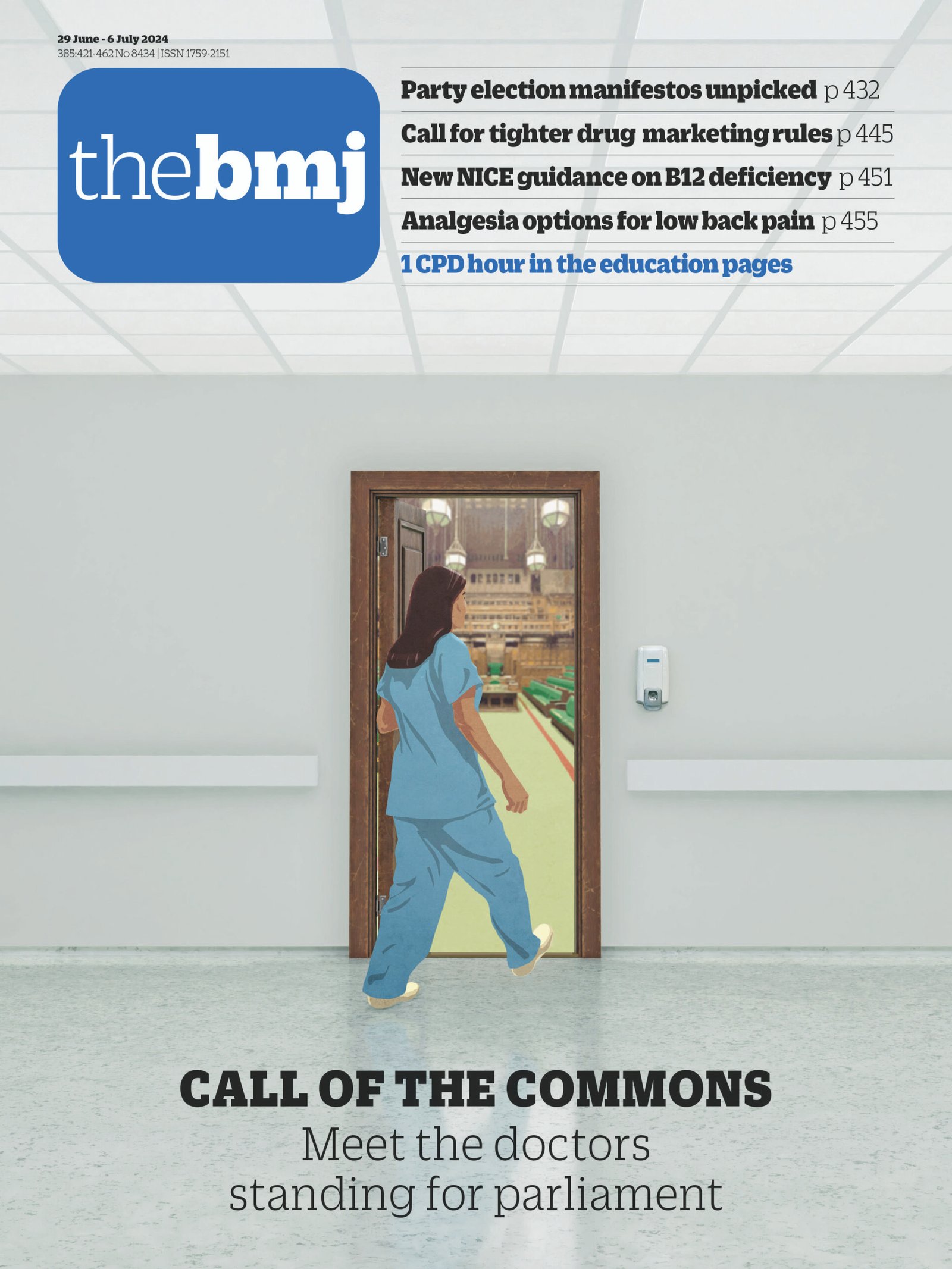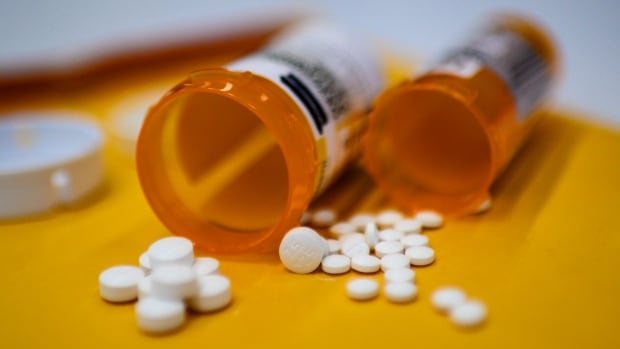- Elisabeth Perreau-Saussine, fourth year medical student
Single use plastics are everywhere in healthcare, including medical schools. Over the past century, plastic’s robust, antimicrobial properties have made healthcare safer and more accessible.1 As a medical student, I use single use plastics daily: whenever I don personal protective equipment (PPE) during clinical teaching sessions, ward shadowing, and in theatres or when I practise clinical skills such as phlebotomy, cannulation, catheterisation, drug administration, and nasogastric tube insertion.
As we all know, however, plastics come with sizeable costs to human and planetary health.2 Reduce, reuse, and recycle is a mantra frequently touted outside the hospital to tackle the plastics crisis, but it’s rarely heard within. As the future of the medical workforce, students could wield considerable influence in re-evaluating plastic consumption and devising solutions that reduce the environmental footprint of healthcare. Yet so far, medical schools are failing to create a generation ready to drive change: the curriculum fails to interrogate how we currently use plastics in healthcare, and immediate convenience is considered more important than environmental sustainability.

Reducing single use plastics
The extensive use of single use plastics in medical procedures is not only wasteful but often unnecessary and detrimental to patient care. Around one in three cannulas inserted during emergency admissions remain unused, for example, which increases the risk of infection and haemolysis.3 Instead of teaching students to automatically insert two wide bore cannulas into patients on emergency admission, medical schools should encourage a data driven approach that evaluates the necessity of procedures. Examining where our use of plastics amounts to overtreatment or inappropriate care can be beneficial to patients and shifts us away from a simplistic dichotomy of plastic use versus health.
Another area ripe for change is our use of PPE. The World Health Organization advises that, with good hand hygiene, gloves are not necessary for vaccination, yet this remains common practice.4 Great Ormond Street Hospital launched a successful campaign encouraging staff to stop using non-surgical gloves when handwashing would suffice. Not only did this save the hospital 21 tonnes of plastic and £90 000 in 10 months, but it was also well received by patients, who appreciated seeing health practitioners wash their hands more frequently.5
Students are often enthusiastic about engaging with research opportunities and could carry out audits on plastics use. This would not only be a valuable learning experience but would also promote ongoing evaluation of PPE use and train us as future doctors to appraise and analyse our clinical activities.
Reusing and recycling
In simulated learning environments, where disease transmission is low risk, there is scope to reuse plastics. Objective structured clinical examinations currently demand that students compulsively don and remove PPE with every simulated patient interaction. Reusing PPE would reduce the environmental effects of medical school exams without compromising safety.
Unnecessary use of single use plastics extends outside the assessment setting. Plastic mannequins are certainly not catching infections, so why can’t we reuse needles and cannulas during clinical teaching sessions? Although it’s important for students to learn how to properly dispose of PPE and needles, it is unnecessary after every learning experience. Implementing these changes would not only lessen the environmental footprint of medical education but also teach students to critically assess the necessity of plastic use in different scenarios.
Recycling medical waste is made considerably more challenging by the complexities of biohazard classification, plastic types, and their varying recyclability. The ability of healthcare facilities to properly segregate waste is limited by practitioner knowledge, financial constraints, and time pressures.6 A hospital in the Netherlands showed how systems based thinking can help to tackle this problem when it centralised waste disposal with two other hospitals so medical waste could be sterilised and repurposed.7 By involving employees across hospitals, they achieved efficient waste separation. Further along the disposal chain, a project at Maasstad Hospital successfully transformed non-hazardous medical waste into new plastic devices.8 By teaching medical students early in our education about how to effectively manage waste, we will create habits that are essential to resolving the single use plastics crisis.
Bioplastics are a favourable alternative to single use plastics because they are made from renewable resources and are biodegradable. They are biocompatible, sterilisable, and applicable to medical uses such as PPE and drug delivery devices.9 To offset the increased cost of bioplastics, Dutch hospitals have used methane generated during decomposition as a power source.10 Developing students’ understanding of material sciences can help promote the interdisciplinary rigour needed to solve the plastics crisis.
Students and medical schools share a pivotal role in shaping environmentally conscious healthcare provision. By integrating principles of sustainability into the curriculum, promoting the use of bioplastics, and encouraging data driven care, medical schools can equip future healthcare providers with the tools to take greater ownership over tackling plastic waste. Students can challenge current practices, engage with audits, and push the development of plastic alternatives. Together, medical schools and students can drive improvements and find ways to create circular healthcare systems.









